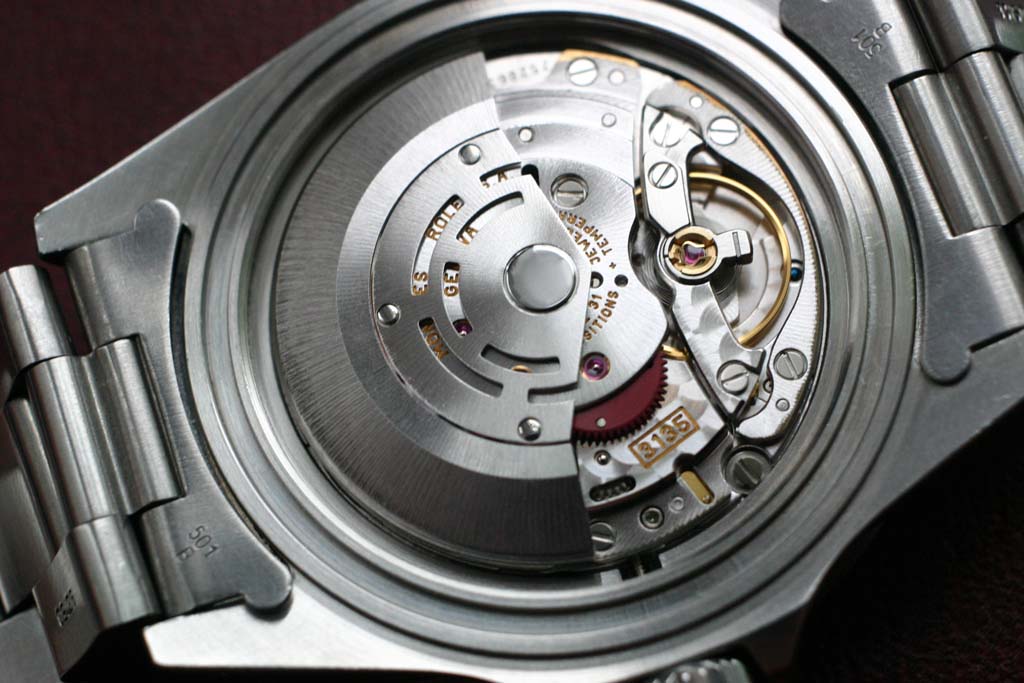Cary Grant
Distinguished Member
- Joined
- Sep 8, 2008
- Messages
- 9,657
- Reaction score
- 430
I guess my only problem is that it's almost like there is a factory of artists whose sole function is to make money, rather than make art.
Interetsing comment. I wonder, who, then, is the "Thomas Kincade" of watch makers?








